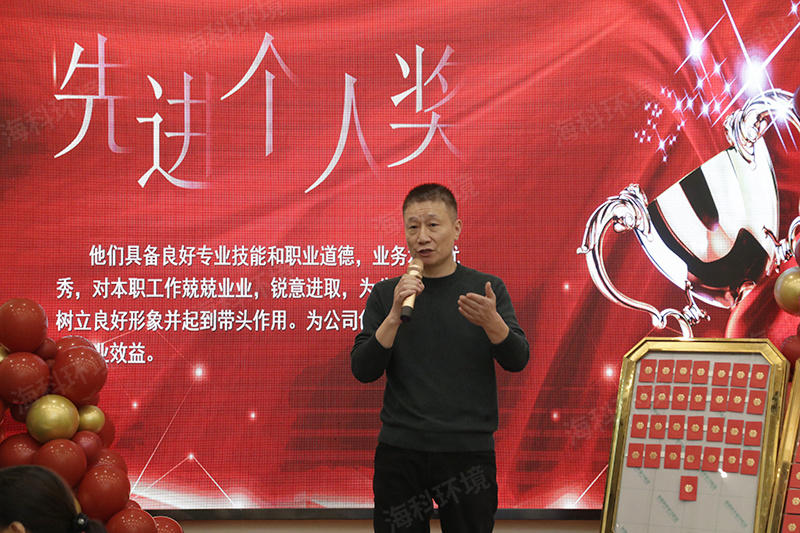ENERGY SAVING AND ENVIRONMENTAL PROTECTION EQUIPMENT AND ENGINEERING GENERAL CONTRACTING
Maximizing Efficiency: A Comprehensive Guide to Coal Dryers in Industrial Applications
2025-08-13
Coal dryers are crucial components in various industrial processes, particularly in the energy sector, where they play a significant role in enhancing the efficiency of coal utilization. The primary function of a coal dryer is to reduce the moisture content of coal, which is essential for optimizing combustion efficiency and enhancing the overall energy output. Moist coal not only burns less effic
Coal dryers are crucial components in various industrial processes, particularly in the energy sector, where they play a significant role in enhancing the efficiency of coal utilization. The primary function of a coal dryer is to reduce the moisture content of coal, which is essential for optimizing combustion efficiency and enhancing the overall energy output. Moist coal not only burns less efficiently but also contributes to higher emissions and lower energy production. Therefore, investing in effective coal drying technologies can lead to significant improvements in both environmental impact and operational performance.
One of the main benefits of using a coal dryer is the enhancement of coal's heating value. Drying coal increases its calorific value, which means that for the same amount of coal, a drier product will produce more energy. This is especially important in industries where energy demands are high, and operational costs need to be minimized. Furthermore, drier coal is easier to transport and handle, reducing logistical issues and costs associated with wet coal.
The principle behind coal drying involves the removal of moisture through various methods, including convection, conduction, and radiation. Advanced coal dryers often utilize hot air or other heat sources to facilitate the drying process, ensuring that moisture is effectively extracted without compromising the quality of the coal. Technologies such as rotary dryers, fluidized bed dryers, and belt dryers are commonly employed in industrial settings, each with unique operational benefits tailored to specific requirements.
When considering the implementation of a coal dryer, it is critical to assess several factors. First, the moisture content of the raw coal and the desired moisture level after drying must be clearly defined to select the appropriate drying technology. Additionally, energy consumption, operational costs, and the environmental impact of the drying process should be evaluated. A well-designed coal drying system can significantly reduce emissions associated with coal burning, aligning with sustainability goals and regulatory compliance.
In conclusion, coal dryers are an indispensable part of the industrial landscape, particularly in energy production. By effectively reducing moisture content and enhancing coal quality, these systems contribute to improved combustion efficiency, reduced environmental impact, and overall operational effectiveness. As industries continue to seek sustainable and cost-effective solutions, the role of coal dryers in optimizing coal usage will become increasingly vital. Understanding their function and benefits can provide a competitive edge in the market and foster the development of more efficient industrial processes.
One of the main benefits of using a coal dryer is the enhancement of coal's heating value. Drying coal increases its calorific value, which means that for the same amount of coal, a drier product will produce more energy. This is especially important in industries where energy demands are high, and operational costs need to be minimized. Furthermore, drier coal is easier to transport and handle, reducing logistical issues and costs associated with wet coal.
The principle behind coal drying involves the removal of moisture through various methods, including convection, conduction, and radiation. Advanced coal dryers often utilize hot air or other heat sources to facilitate the drying process, ensuring that moisture is effectively extracted without compromising the quality of the coal. Technologies such as rotary dryers, fluidized bed dryers, and belt dryers are commonly employed in industrial settings, each with unique operational benefits tailored to specific requirements.
When considering the implementation of a coal dryer, it is critical to assess several factors. First, the moisture content of the raw coal and the desired moisture level after drying must be clearly defined to select the appropriate drying technology. Additionally, energy consumption, operational costs, and the environmental impact of the drying process should be evaluated. A well-designed coal drying system can significantly reduce emissions associated with coal burning, aligning with sustainability goals and regulatory compliance.
In conclusion, coal dryers are an indispensable part of the industrial landscape, particularly in energy production. By effectively reducing moisture content and enhancing coal quality, these systems contribute to improved combustion efficiency, reduced environmental impact, and overall operational effectiveness. As industries continue to seek sustainable and cost-effective solutions, the role of coal dryers in optimizing coal usage will become increasingly vital. Understanding their function and benefits can provide a competitive edge in the market and foster the development of more efficient industrial processes.
Coal Dryer
RELEVANT INFORMATION
The 2023 Annual Meeting of Jiangsu Haike Environmental Technology Engineering Co., Ltd
2024-01-08
The 2023 Annual Meeting of Jiangsu Haike Environmental Technology Engineering Co., Ltd


 English
English Русский
Русский بالعربية
بالعربية

